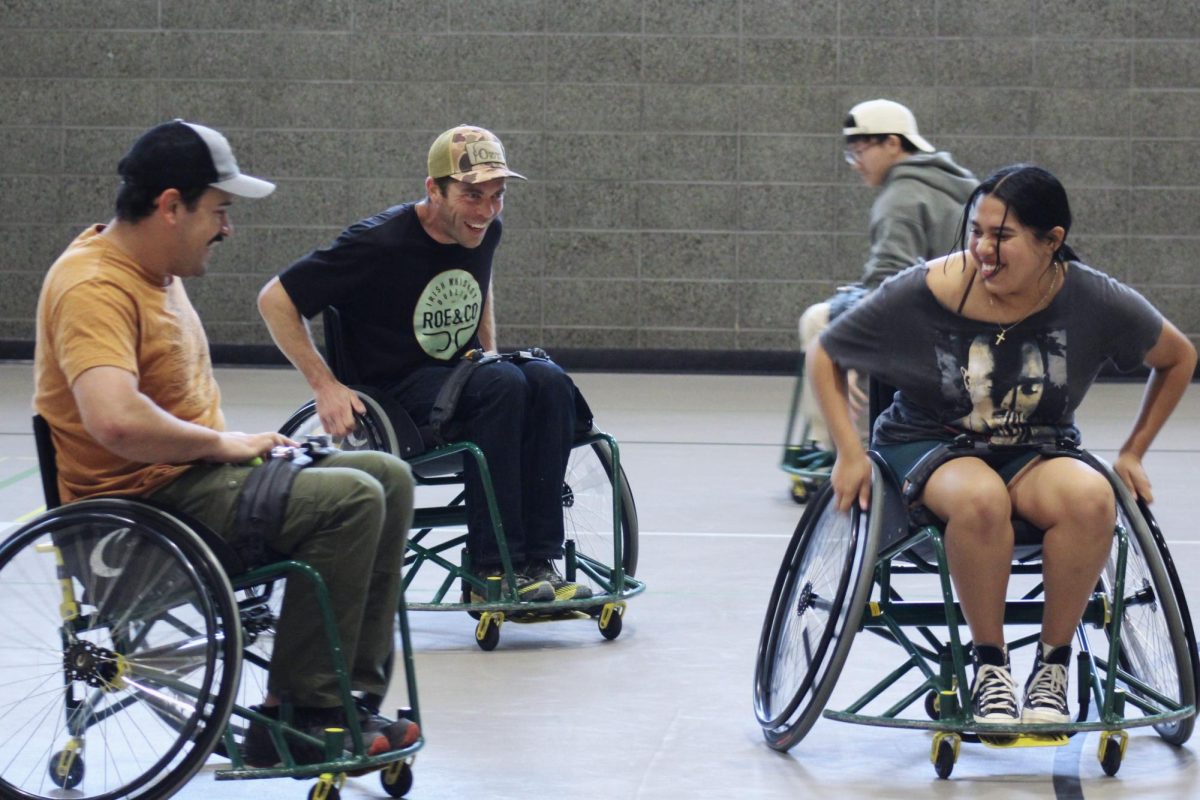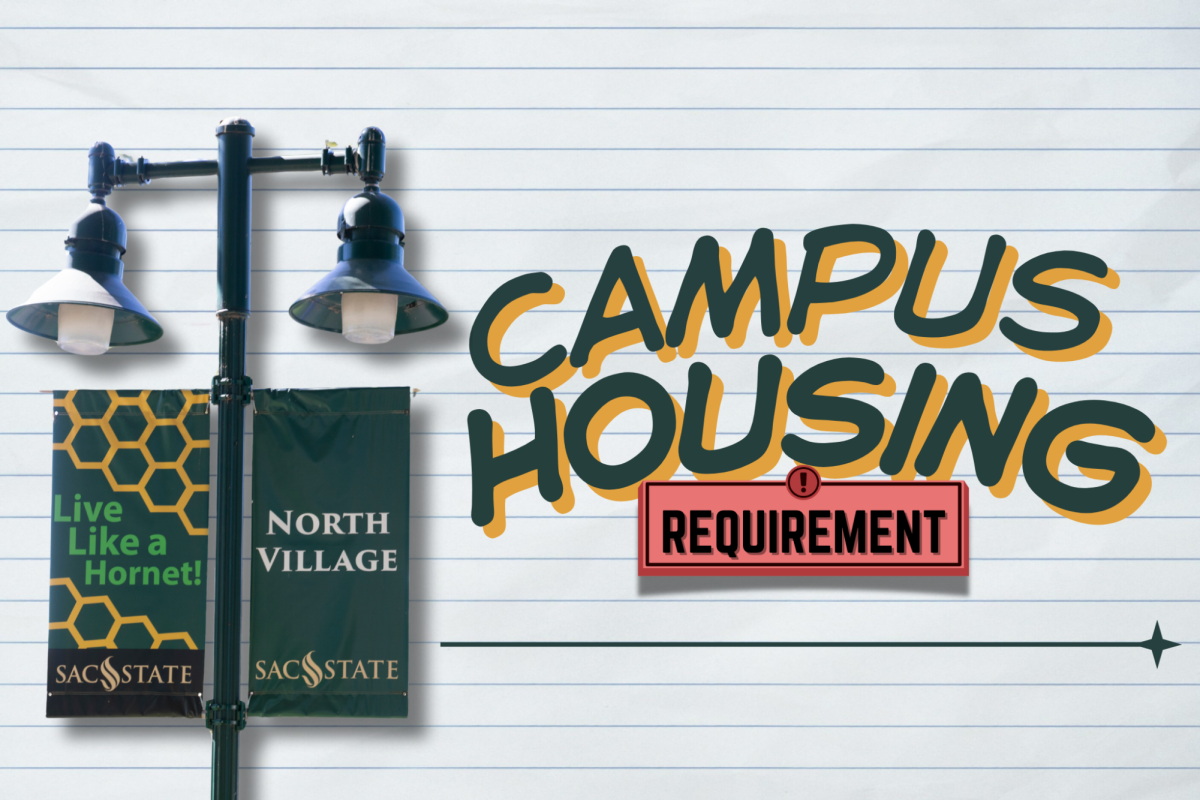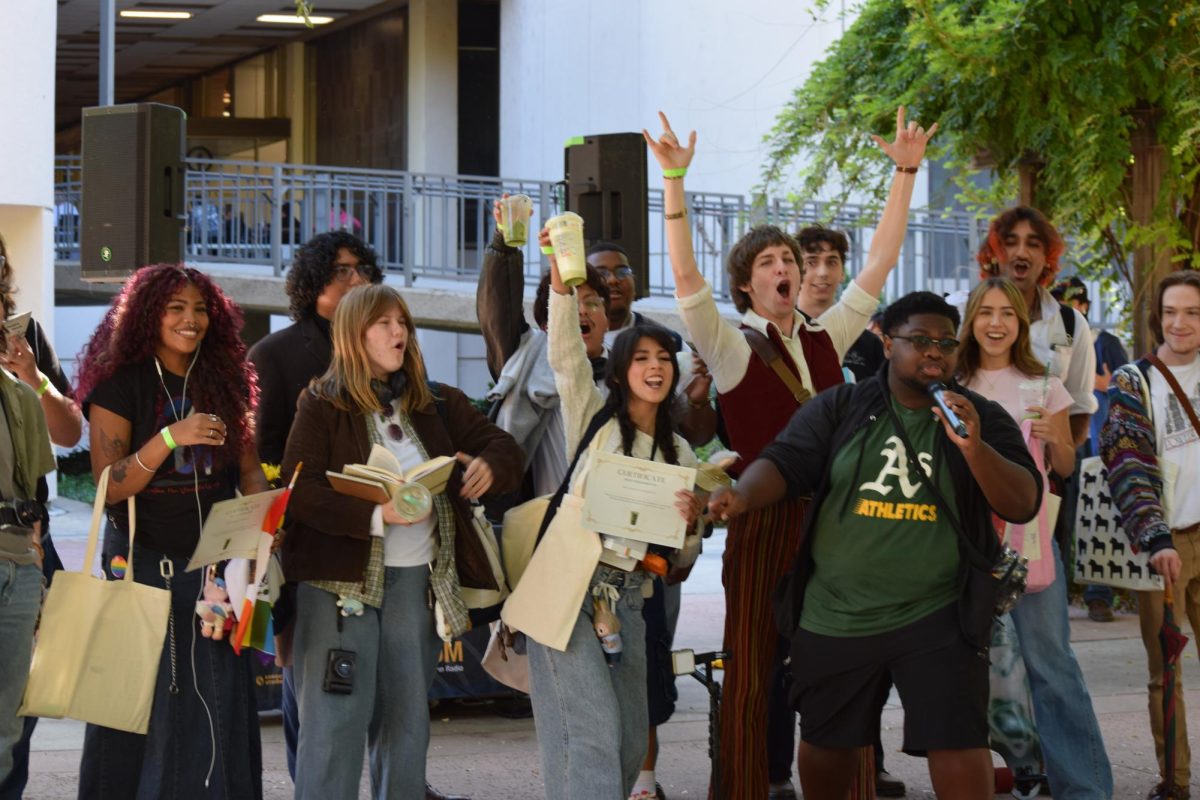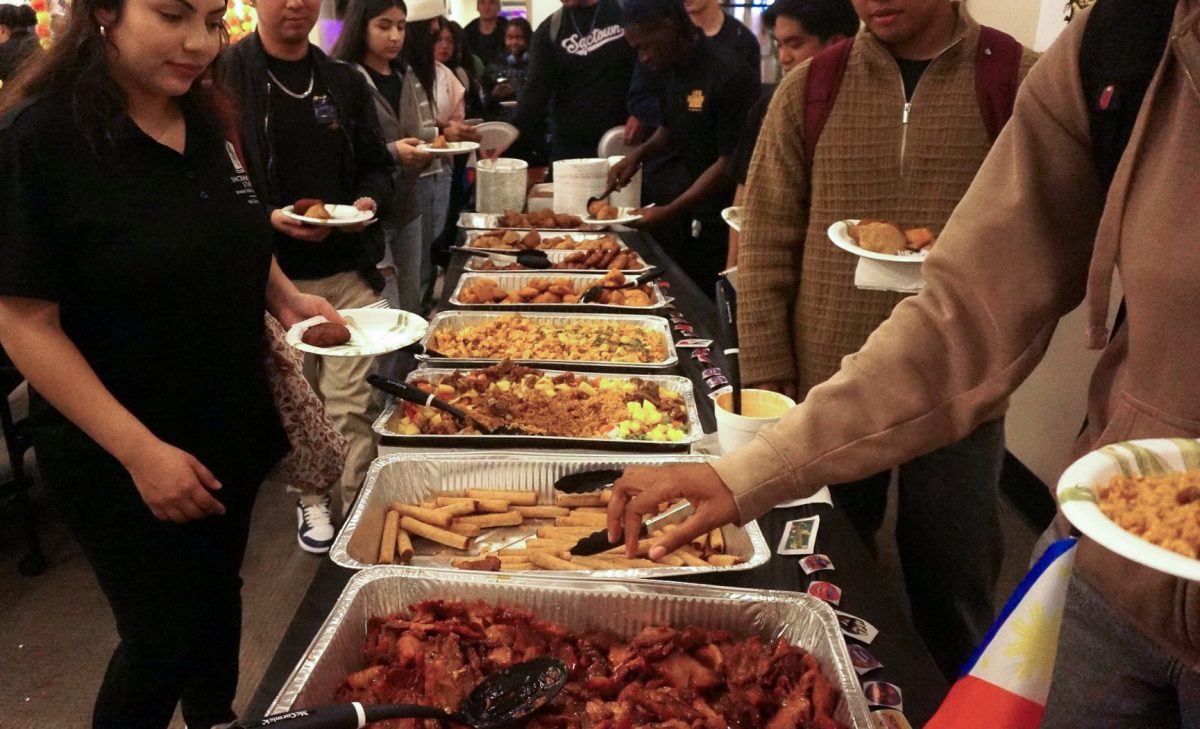Part II: An ode to childhood obesity and fast-food

Victor Nieto:
May 14, 2008
Click here to read part one of this column.
Yesterday
The first part of the article addressed in print is a portrait of me as a teen struggling with weight issues and unhealthy eating habits. It’s a horrible feeling growing up as the ‘fat kid’ but the impending effects of continuing such eating habits accompanied with lack of physical exercise is much more lethal. As many of you may know, obesity-related illnesses are the second most preventable death in America. A UCLA Health Findings Policy published in 2006 found that 5.6 million Californian adults are obese, and an additional half million 12- to 17-year-olds are overweight (adolescents are not considered obese). Diabetes is also on the rise in California and is “closely tied with the prevalence of obesity.” More than 1.8 million adults have type 1 or 2 diabetes and in the same UCLA finding the projected 2005 combined costs of obesity, overweight and lack of exercise were around $28 billion. So, easy fix right? I was able to drop 60-plus pounds through hard work and determination, so why can’t everyone get on a tread-mill and do it on their own accord? Well, it’s not that simple, as I undoubtedly know having gained a third of that weight back since enrolling in college. Over time, responsibilities become more demanding, time spent with family and friends becomes more valued and school and work are usually at the top of the priority list. Time is much more limited as an adult and fast food usually fills the void between our next tasks. And what fast food choices we have. In a recent research study conducted by UCLA’s Center for Public Health Policy Research and Policy Link, it found that on average there are 4.48 fast food restaurants and convenience stores per grocery outlet in California. In other words, we are surrounded by numerous unhealthy eateries that are usually cheap on the wallet and high on fatty carbs. Even more disturbing is that areas with an index of greater than 5.0 “have a 23 percent higher prevalence of diabetes and 20 percent higher prevalence of obesity than regions with an index of 3 or less,” according to a Sacramento Bee article. Today So what about our current health services? What are we to expect of them? In a personal example, recently I was required to take a physical examination in order to study abroad for the upcoming semester. Having just cut ties with my former employer, I was uninsured with no physician and in desperate need to receive a physical to meet my impending deadline. I went through one of my parent’s physicians in Elk Grove, and to my surprise they asked for $250 to establish a relationship with the physician and another $250 for the actual examination. Fortunately, I got wind that Sac State Health Center offered two examinations a day, so I camped out in front of the building for two hours before it opened. I received my examination free of charge thanks to my student benefits but it got me wondering. A year from now when I’m no longer a student, will I be coved then? In 2007, the California Healthcare Foundation found that there are about 6.5 million Californians without health insurance, which is roughly around 22 percent of the population. Within that 6.5 million, if you work in the private sector with 10-24 employees, there is a 35 percent chance that you’ll be uninsured. There’s a 34.5 percent chance you’ll be uninsured if you have an income of less than $25,000 and if you’re between the ages of 21-24, the likelihood of not having health insurance is 35.2 percent. Yes, some public healthcare is available but in the same California Health Care Foundation finding it stated that 91-96 percent of adults that are uninsured are likely not eligible for public healthcare. That leads to the alternative of individually purchasing medical coverage, which is different for every lender. However, if you’re in the aforementioned demographics above and purchase the minimum coverage of around $40-$50 a month, you’re limited on the amount of walk-in visits a year before having to pay the premium amount. Also, your deductible is low and if admitted to the hospital in an emergency, you may be covered for only 40 to 60 percent of the service fee (based on online Blue Shield quote for single male, 23 years of age living in 95624 area code). Emergency Room visits are not cheap and accidents as minor as a cracked rib can cost more than $12,000. Even with individually purchased insurance, a percentage of this amount can have a damaging impact on lower-income earning individuals. (http://www.gosanangelo.com/news/2007/apr/04/uninsured-emergency-room-visit-can-tip-balance/). These examples, along with Mr. Palmer’s incident in the link above, have many people eager to obtain some sort of affordable healthcare. Future After riding the housing boom to record economical growth in 2004 and 2005, Gov. Arnold Schwarzenegger had filled the budget gap left by his predecessor Gov. Davis. But it wasn’t until his re-election campaign in 2006 that Schwarzenegger had the foresight to recognize the current healthcare problem and aimed to change it. But now in 2008, the idea of an affordable universal health care looks more like a fictional afterthought amid Schwarzenegger’s recent projected 2008-09 budget shortfall in upwards of $20 billion. And to add to the healthcare woes, Schwarzenegger is proposing to cut a portion of funding for healthcare services among other cutbacks to help void the gap (percent amount to be released in revised budget proposal in mid May). Californians are aware of this too and are becoming much more pessimistic about their future medical coverage as shown in a recent Field Poll. The survey is a comparison of Californians’ thoughts on healthcare shortly after Schwarzenegger won re-election in 2006 and how they respond to same questions in March of this year. (http://www.sacbee.com/111/story/895776.html). To put it more bluntly, our governor dropped the ball. During those initial years of his governorship, there were golden opportunities to set an ambitious Universal Health Care plan with the surplus the state was receiving. Upon which, given enough time with a few revision and a 72 percent voter approval of his shared lending plan (this percent favored bill in summer of 2007), the bill would soon became a law. Economical peaks don’t last forever and thankfully given our current circumstance, recessions eventually go back up too. But until then, the healthcare troubles continue. For those who are uninsured, receiving preventative care is a luxury and they are more likely to be “diagnosed at advance stages of illness,” costing millions in taxpayer dollars. And for those families with low deductibles, paying to treat a life-threatening illness or trip to the emergency room will continue to be a concern for quite some time. These are the realities of what many Californians face and if the budget crisis continues into the following fiscal year, there’s a good chance that universal healthcare will be a part of the next governorship’s proposal. And for Arnold, his moment in the sun won’t be back.
Victor Nieto can be reached at [email protected]




























































































































